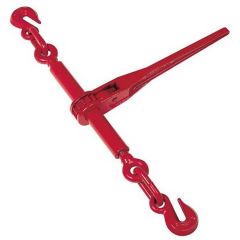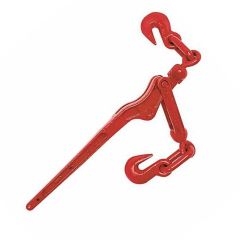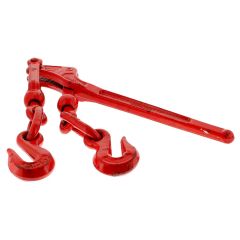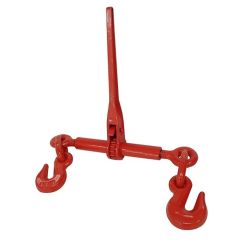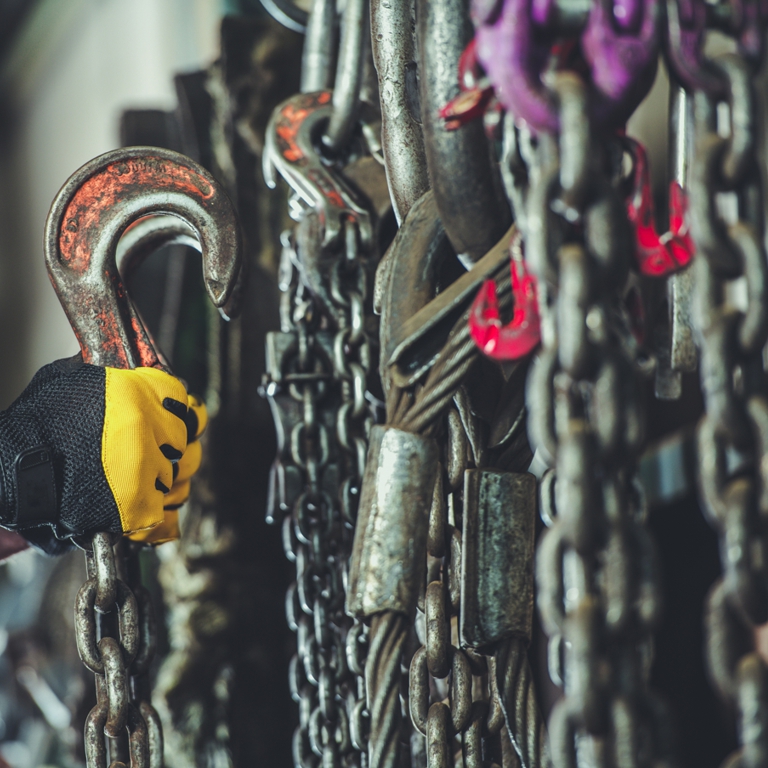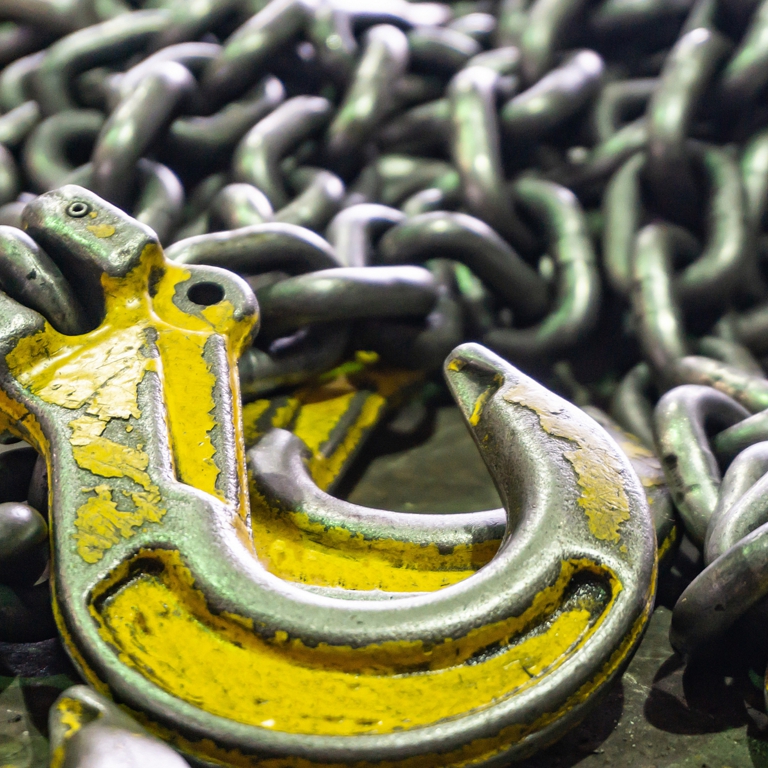The Difference Between a Ratchet Load Binder and a Standard Load Binder
Ratchet load binders and standard lever load binders are both tools used to secure loads on trucks, trailers, and other transportation equipment, but they differ in their design and how they are operated.
Ratchet load binders offer more control, precision, and safety in the load securing process, making them a popular choice for many users. Standard lever load binders, on the other hand, are still used in various applications but require more physical effort and caution when tightening loads. The choice between the two depends on the user's preferences, load requirements, and safety considerations.
There are key differences between the two:
How they Operate:
Ratchet Load Binder:
Ratchet load binders use a ratcheting mechanism, similar to a wrench or socket wrench, to tighten and secure the load. They have a handle that you can repeatedly pump or crank to increase tension until the load is properly secured. Ratchet binders are easier to use because they allow for a more controlled and gradual tensioning of the load.
Standard Lever Load Binder:
Standard lever load binders, also known as lever chain binders, use a lever and a chain to tighten and secure the load. You use the lever to pull the chain through the binder, creating tension until the load is secure. They require more physical effort and strength to operate compared to ratchet binders.
Tension Adjustments:
Ratchet Load Binder:
Ratchet binders typically offer finer control over tension adjustment. You can make small adjustments to increase or release tension as needed, making it easier to achieve the desired level of tightness.
Standard Lever Load Binder:
Standard binders offer less precise tension control. The lever is used to pull the chain through the binder, and it can be more challenging to make small adjustments to tension once the lever is engaged.
The Safety Aspect:
Ratchet Load Binder:
Ratchet binders are generally considered safer because they provide better control over the tensioning process. Users can incrementally tighten the load, reducing the risk of over-tightening, which can damage the load or the binder itself.
Standard Lever Load Binder:
Standard binders require more caution because they have a higher risk of over-tightening, which can lead to accidents, damaged cargo, or damaged equipment if not used properly.
Their Durability:
Ratchet Load Binder:
Ratchet binders are typically more durable because the ratcheting mechanism is less prone to wear and tear. They can last longer with regular maintenance.
Standard Lever Load Binder:
Standard binders may experience more wear on the lever mechanism, especially if not maintained properly. They may require more frequent replacement or repairs.
Shop our Wide Range of Load Binders Here »
Shop our Wide Range of Load Securing Equipment Here »
![]() Drop Forged Rachet Loadbinder 5/16" - 3/8"£43.22 £36.02
Drop Forged Rachet Loadbinder 5/16" - 3/8"£43.22 £36.02![]() Drop Forged Standard Loadbinder 5/16" - 3/8"£34.25 £28.54
Drop Forged Standard Loadbinder 5/16" - 3/8"£34.25 £28.54![]() 6-8mm Ratchet Type Loadbinder with Hooks£32.16 £26.80
6-8mm Ratchet Type Loadbinder with Hooks£32.16 £26.80![]() 13-16mm Ratchet Type Loadbinder with Hooks£59.23 £49.36
13-16mm Ratchet Type Loadbinder with Hooks£59.23 £49.36

